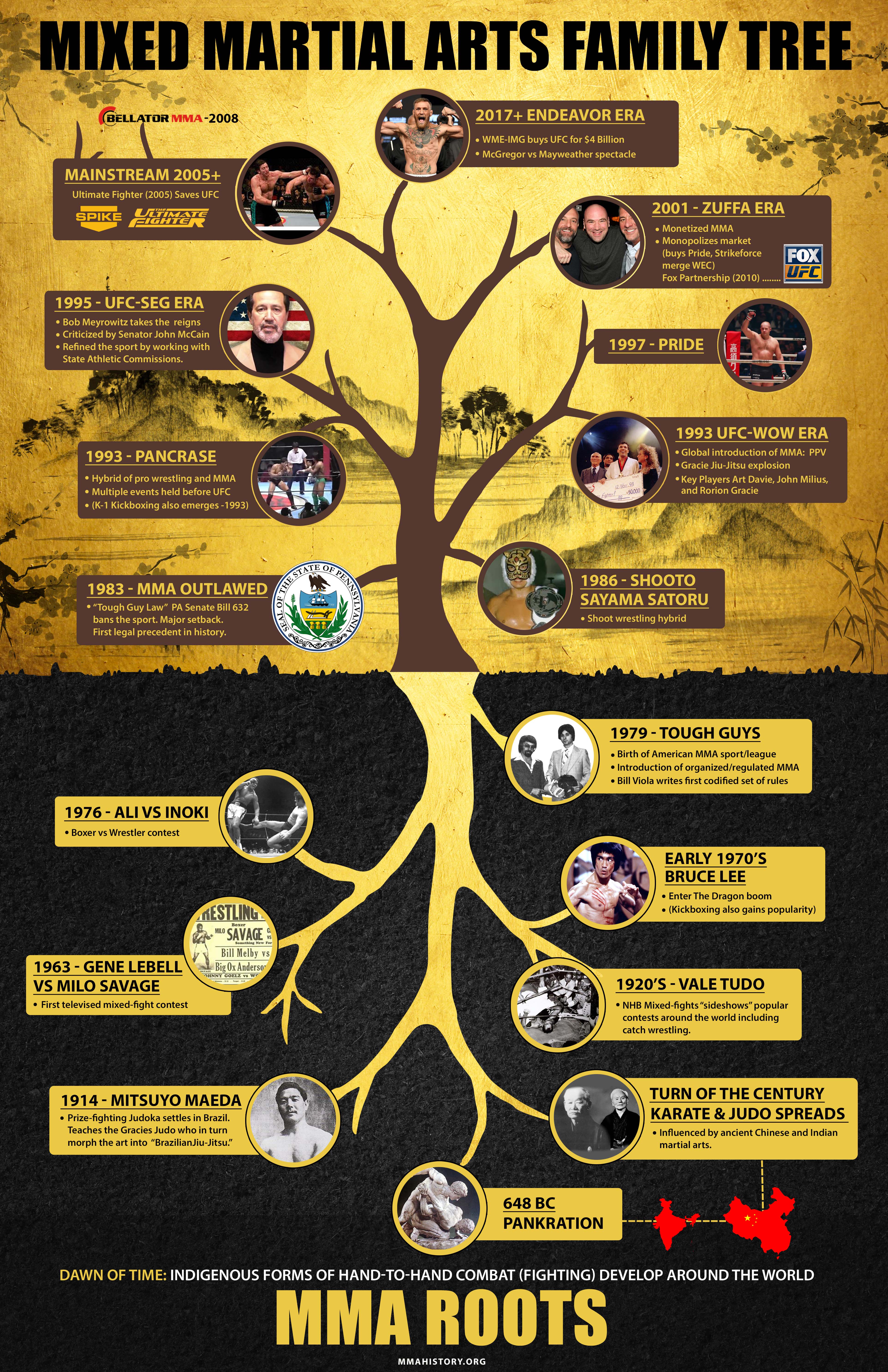Debunking The Different Fighting Style Designs: From Karate To Taekwondo
Debunking The Different Fighting Style Designs: From Karate To Taekwondo
Blog Article
Published By-Aldridge Joseph
Are you tired of feeling overwhelmed by the substantial globe of martial arts? With a lot of styles to pick from, it can be easy to get shed in a sea of punches, kicks, and strange names. But fear not!
This discussion will certainly debunk the different martial arts styles, taking you on a journey from the powerful strikes of Martial arts to the dynamic kicks of Taekwondo. Get ready to discover the origins, techniques, and approaches behind these ancient art forms.
So, tighten your belt and prepare to start an enlightening exploration right into the captivating world of fighting styles.
Origins of Martial Arts Styles
The origins of martial arts styles can be mapped back to old human beings and their demand for protection and fight methods. Throughout history, different societies developed their very own one-of-a-kind approaches of fighting, each with its very own collection of methods and philosophies.
In China, for example, fighting styles designs such as Kung Fu and Tai Chi were established as a way of protection and enhancing physical and mental well-being.
In Japan, the samurai warriors produced designs like Karate and Judo, concentrating on self-control, precision, and proficiency of the body.
Similarly, in Korea, Taekwondo emerged as a fighting style highlighting high kicks, fast motions, and psychological determination.
These early civilizations laid the structure for the diverse array of fighting styles designs that exist today, each with its very own rich history and social significance.
Strategies and Training Methods
To understand martial arts styles, practitioners must learn various strategies and training techniques.
Strategies are the certain movements and activities used in battle, such as strikes, kicks, tosses, and blocks. Different fighting styles designs have their own unique set of methods that professionals need to master with strenuous training.
Educating techniques vary relying on the design, however they normally involve a combination of physical conditioning, drills, competing, and types.
Physical conditioning is vital to develop stamina, flexibility, and endurance. Drills aid professionals fine-tune their strategies and boost their rate and precision.
Competing enables https://www.wxyz.com/news/black-history-month/lifelong-detroiter-dedicated-to-sharing-his-gift-of-martial-arts to practice their strategies in a regulated, realistic environment. Kinds, also known as kata, are deliberate series of activities that aid professionals create muscle memory and emphasis.
Ideologies and Principles
Exploring the approaches and concepts of martial arts designs can offer you with a much deeper understanding of your selected self-control. Each fighting style has its own special approach and set of directing concepts that form the means it's exercised.
For instance, Martial arts emphasizes discipline, regard, and self-control. It teaches experts to concentrate their body and minds, enabling them to protect themselves while maintaining a sense of internal tranquility.
On the other hand, Taekwondo puts a strong focus on speed, agility, and adaptability. Its principles are rooted in the tenets of courtesy, honesty, willpower, self-discipline, and indomitable spirit.
krav maga martial arts that you have actually discovered the beginnings, methods, and philosophies of various martial arts designs, you have a deeper understanding of these ancient self-controls.
Envision a young karate pupil, practicing with undeviating resolution and emphasis, appearing boards with a powerful strike.
Their journey showcases the commitment and stamina required to grasp a fighting style, reminding us that with self-control and willpower, anything is possible.
